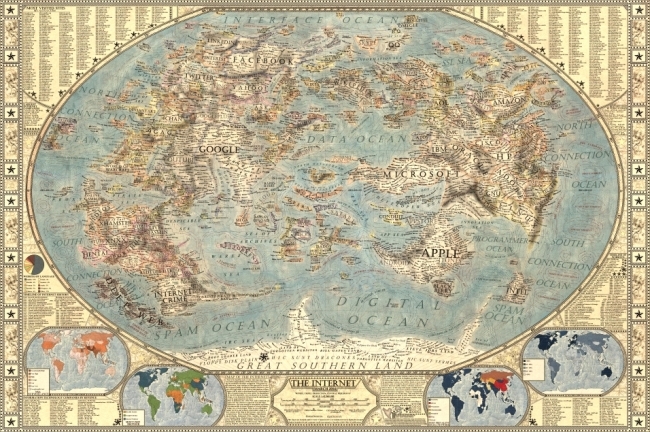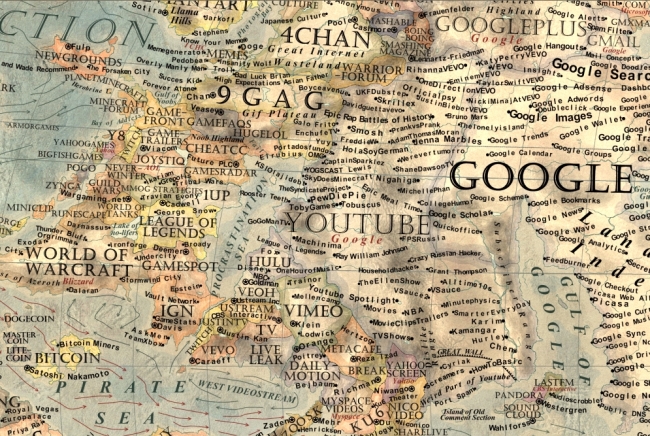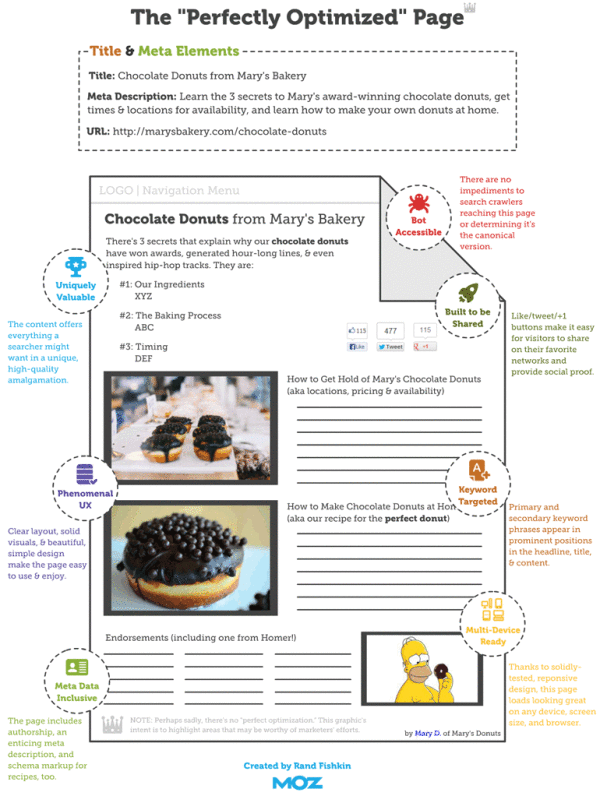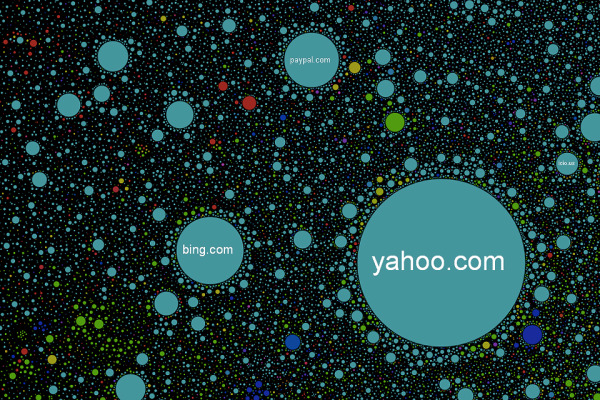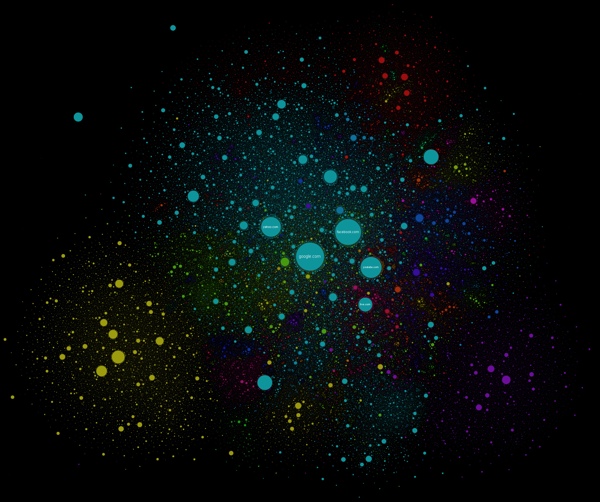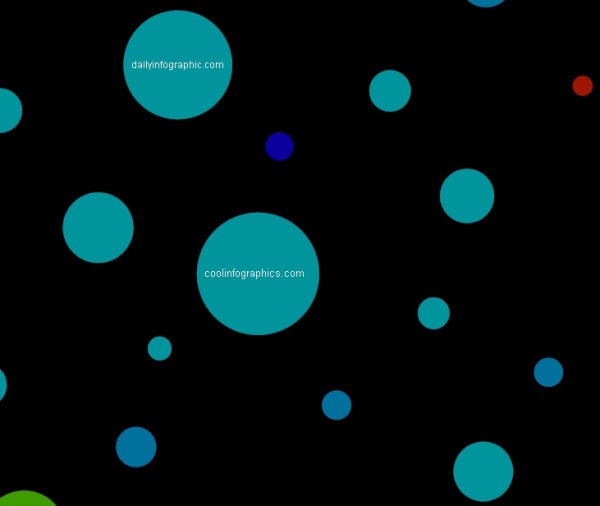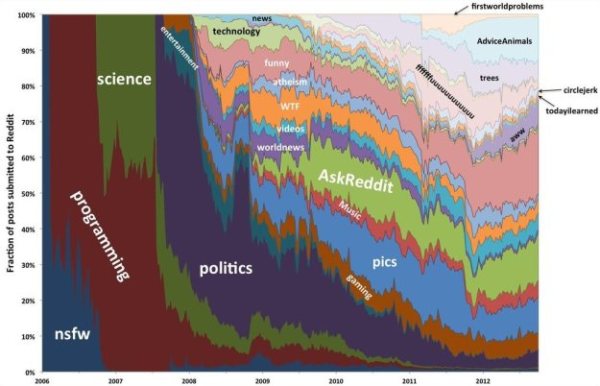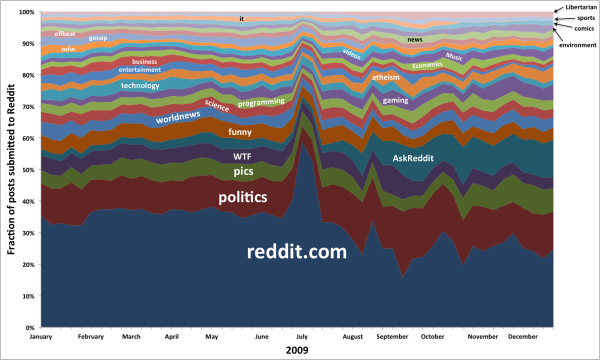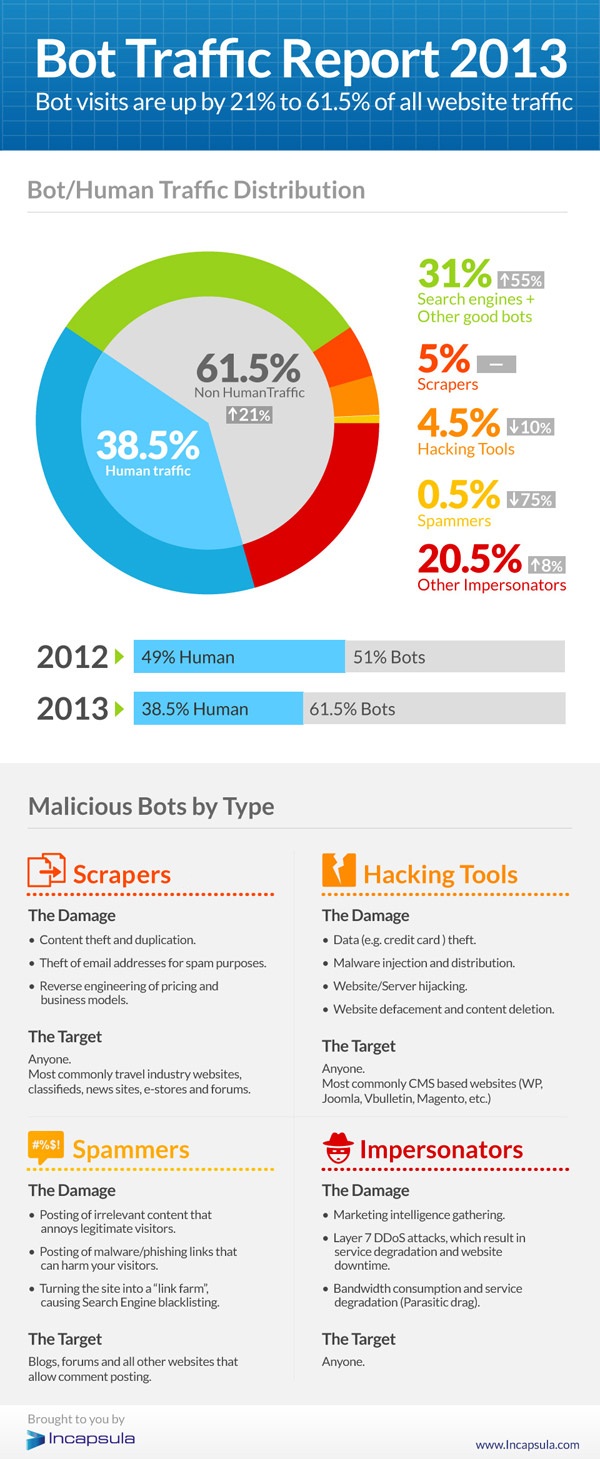Smart Ways to Combine Content Marketing With SEO
The Smart Ways to Combine Content Marketing With SEO infographic is essentially a big list of the most popular online services in a number of different categories. Published by blogmost, it’s meant as a reference tool for Marketers to help plan out their content strategies.
Trying to build High Quality Links without paying anyone? This infographic reveals techniques to build them and complete details of good website + mentioned Great SEO & SMO tools for better Marketing.
No data or numbers, the most prominent sites and companies are shown for 26 different online service categories. The randomness of circle sizes appears to visualize some type of information, but there’s no data behind them. It’s just the designer sizing them to fit the different logos and icons.
The design does a fantastic job of using logos and icons in place of text. This makes the overall design faster and easier for the audience to read through. It’s a much more enjoyable experience than reading the text name of all the different companies, brands and sites.
Some description at the top would be helpful to describe how the sites were chosen for readers that find the infographic on other sites. The URL of the infographic Landing Page on the blogmost site in the footer would also be helpful for the readers to be able to find the original full-size version and associated text.
Found on Visual.ly









 Randy
Randy

